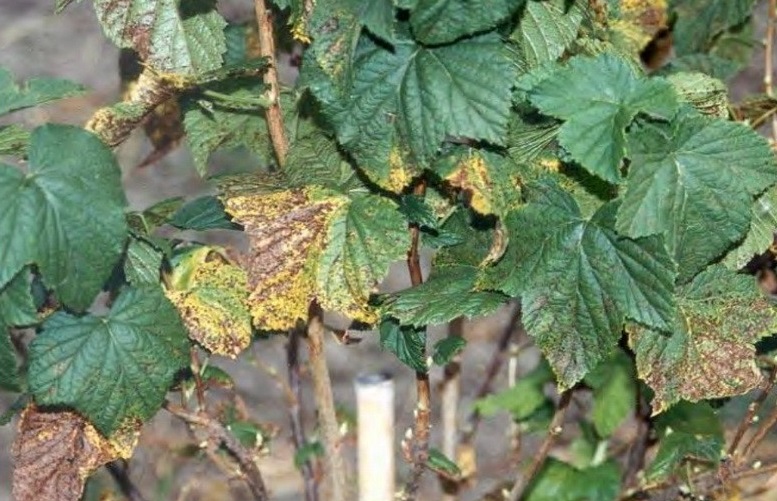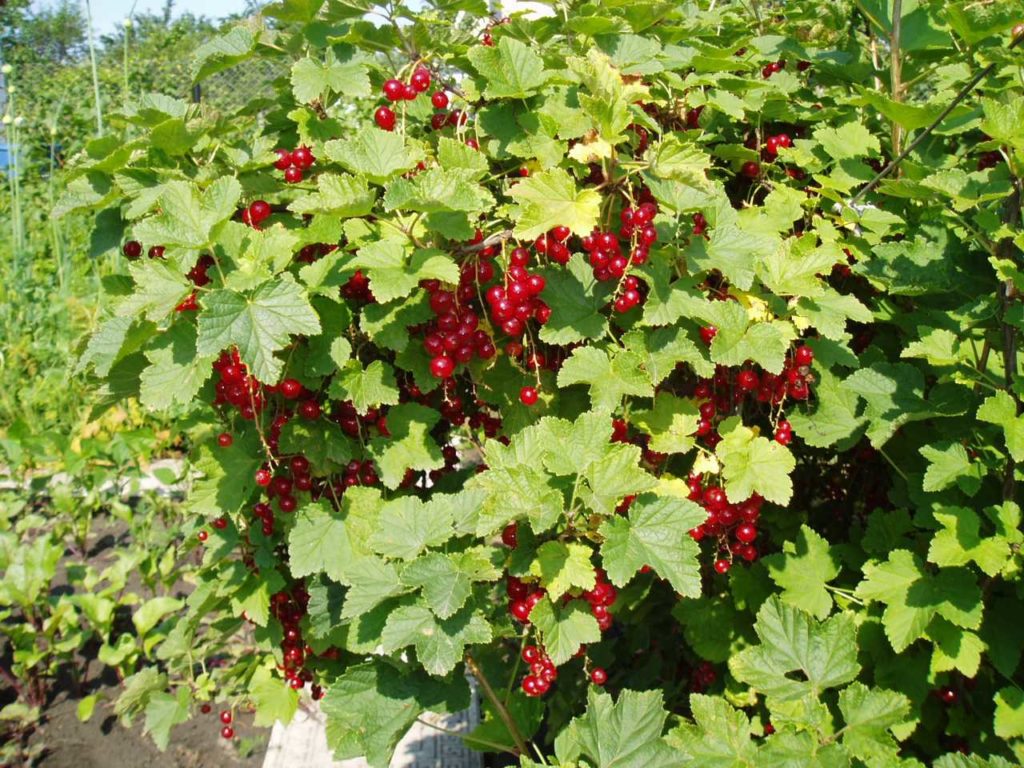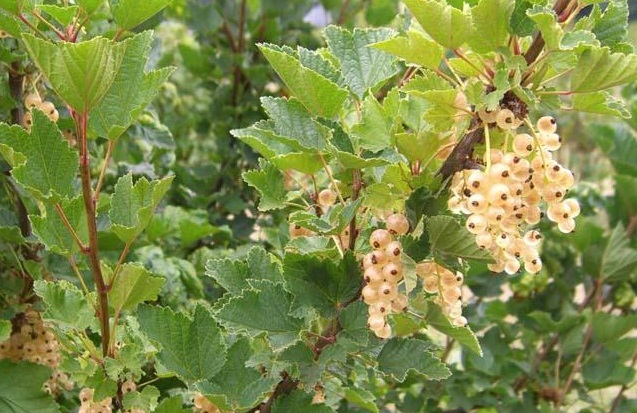The main diseases of currant and methods of dealing with them
Plant diseases are indispensable in horticulture. Due to certain external factors, your flowers, shrubs or garden crops may at one point suffer from misfortune. Currant diseases are also a common occurrence. And here you need to understand what the disease will lead to if effective measures to combat pests or infection are not taken in time. However, first you need to find out which diseases of blackcurrant and other varieties are distinguished.
In the process of acquiring a currant shrub, it is very important to understand that it is not enough to adhere to the principles of planting a plant in the ground alone. It is also necessary to prevent dangerous diseases, due to which you can not only lose the crop, but also completely lose the bush.
And in order to study this issue in more detail, you are advised to find out what diseases of domestic currant await this plant:

Universal currant diseases and their treatment is an important point in providing the gardener with complete plant care.
Video "Various currant diseases"
From the video you will learn about the most common diseases of this plant.
Currant diseases
It is one thing if you are faced with a fairly common currant disease that can affect its various varieties, and quite another if the problem is more of an individual character.
Identifying the symptoms and relating them to a specific disease is not easy, but the sooner you determine which infection you are dealing with, the more likely you will be able to cure the plant. What varieties and varieties of currants are characterized by certain diseases?
Black
Blackcurrant diseases can only slightly weaken the intensity of plant development, and can affect its health so that you lose not only the crop, but also the bush itself. As you can see, there is something to worry about. Blackcurrant is perhaps the most common variety of this berry. Its black fragrant berries are widely used in cooking for the preparation of various dishes and drinks, as well as preservation. Moreover, you will be sorry to lose your own, albeit small, plantation of blackcurrant berries. What diseases can contribute to this? ![]()
One of the most dangerous diseases is Blackcurrant Reversion (another common name is Terry). With the development of the disease, the shrub may simply cease to bear fruit. Key symptoms include:
- leaf shape mutation - it lengthens, becomes asymmetric, teeth may appear on the plate itself;
- the number of veins on the leaves of the shrub decreases;
- the leaf plate acquires a purple hue;
- the plant may lose its characteristic smell and cease to bear fruit.
Red
Interestingly, in terms of the nature of the disease and treatment, red currant differs significantly from the characteristics of a shrub with black berries. In order to prevent the development of infection, it is possible to treat the currant bush with special prophylactic preparations with the advent of spring. 
If you failed to save the plant from the disease, professional store-bought preparations will come to the rescue, which will save the currant from both the symptoms and the source of the disease.
White
Diseases of white currant and the fight against them is another important stage for both an experienced and a novice gardener. Among dangerous infections, Nektrium drying of shoots is primarily distinguished. What is the actual manifestation of the disease? Orange dots appear on branches and shoots, which eventually turn into light tubercles. This leads to the fact that the currant shoots begin to dry out. 
In case of detection of this kind of trouble, you should immediately provide full treatment. First of all, it is recommended to cut branches that are already overgrown with spores, and it is advisable to burn them. The places remaining from the cuts must be lubricated with a solution of Bordeaux mixture. In any case, you need to act immediately if you do not want to lose the plant.
Pests and their control
The fight against dangerous currant diseases is not the only problem that lovers of these berries have to solve. All these infections are treated, if not instantly, but if you purchase effective remedies, then it is quite effective.
However, there is another serious threat to shrubs - these are insects, as well as other pests. It can be aphids, moths, bud mites and many other parasites. How to deal with this scourge? In fact, it is not easy to eradicate what is already firmly ingrained in your currant bushes.




